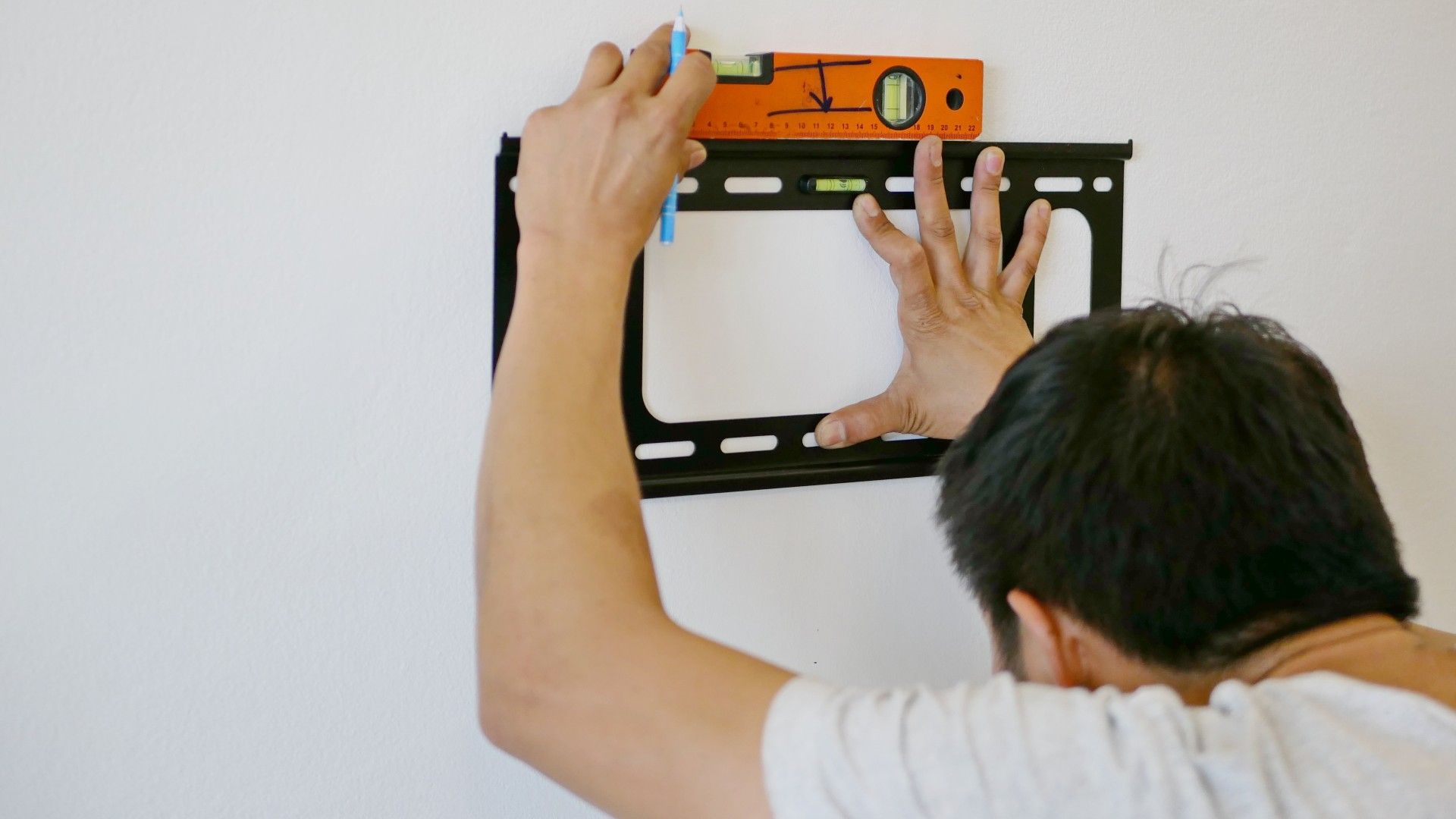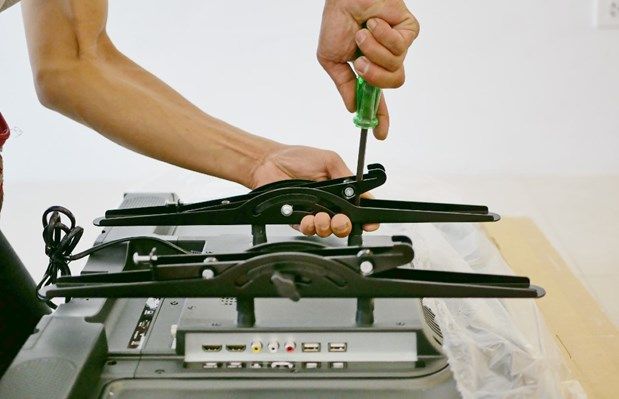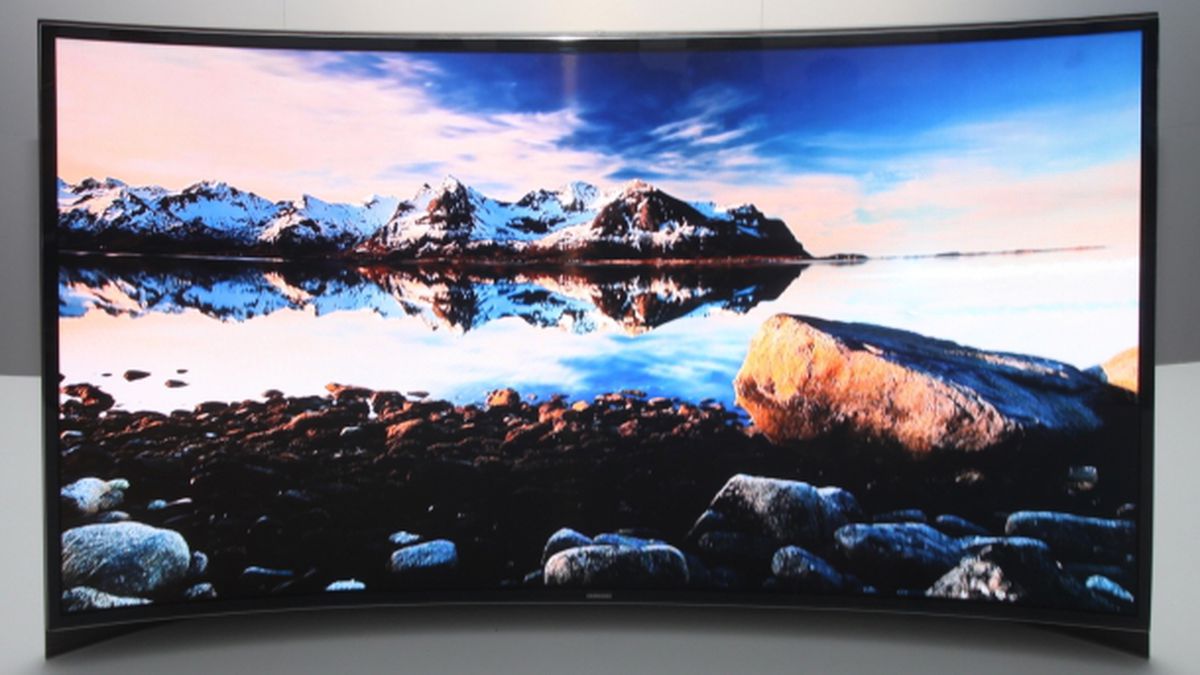
How to mount tv on drywall? 5 Ways to do it
TV Mounting Los Angeles|TV Installation Los Angeles|ITODWall installation has grown more common as televisions have shrunk in size but improved dramatically in picture quality. By eliminating big, cumbersome entertainment consoles, mounting a TV on the wall may help save space while also creating a cleaner, neater, more organized appearance with no wires, cables, or cords insight. So if you are looking for “How to mount tv on drywall?” we have some tips for you.
Most TV mounts are made for drywall, which makes them simple to install but necessitates the presence of studs. The structure that supports your walls is made up of vertical pieces of wood called wall studs. Because drywall is fragile, relying only on it to hold your mount and TV may result in a hole in the wall and a TV on the floor. The studs offer a solid anchor point for your mount and TV, ensuring that they remain there.
So how to mount tv on drywall?
Unfortunately, the wall you select for your TV may or may not contain studs, depending on your living area and the architecture of your house. The good news is that with Install-No It’s Stud TV Wall Mount, which hangs on the wall like a picture frame, you can still mount your TV despite the hollow walls. You may also continue reading to learn about alternative options for mounting a TV on the wall without studs.
Anchors
Anchors are one of the simplest methods to hang anything without a stud in the wall. These operate in a variety of ways to prevent screws from sliding out of their holes or causing drywall damage.
Anchors that can be toggled
Toggle anchors, also known as toggle bolts, are screws with a butterfly toggle at the end. Toggle anchors function by anchoring to the back of the drywall when installed in the wall. Pulling on the screw or exerting any other outward force has no impact since the toggle makes the whole sheet of drywall resist rather than just the crumbly core. To put it another way, it’s the difference between tugging on the whole wall vs a single screw.
Bolts Molly
These drywall anchors are a bit more difficult to use than conventional drywall anchors, but they are very strong and suitable for medium and heavyweights. There are two types of these: pointed and non-pointed. With a sharp tip, pointed molly bolts may be placed with a few delicate but powerful blows with a hammer. Cutting out an installation hole is required for non-pointed molly bolts, which are preferable for plaster walls.
When left untightened, the sleeve of these bolts remains thin, but when tightened in your walls, the sleeve swells, providing an anchor to the back of your drywall. Toggle anchors use a similar mechanism. Remove the screw and replace it with the screws for your TV wall mount after the molly bolt is firmly secured.
Plates for Mounting
Consider utilizing a mounting plate or cleat made of metal or plywood in addition to these drywall anchors. Mounting plates are fastened into the wall from behind the TV using any of the anchor screws listed above. The mounting plate may then be fitted into the base of your TV wall mount. The concept behind a mounting plate is to provide additional anchor points while also increasing the surface area available to support the weight of the mount and your TV.
If you’re concerned about appearances, make the mounting plate smaller than your TV’s size so that the monitor conceals the plywood or metal. If that’s not an option, you may always paint or stain the mounting plate to disguise it or give a touch of class.
Ceiling Brackets
If your walls lack studs, another alternative is to hang your TV from the ceiling, which is less popular than conventional wall mounts. This is a more time-consuming procedure that isn’t always possible, but almost all ceilings contain beams or joists that serve the same purpose as studs. You may need longer screws to reach joists depending on the architecture of your house, and these joists may be more spread out than you anticipate, but they should be there.
What You Should Know
When your walls don’t have studs, anchors and mounting plates are an efficient and usually simple method to keep TV wall mounts in place. While the procedure is usually simple, there are a few considerations to bear in mind:
Be Aware of the Weight of Your Television
Make sure the anchor screws you select are rated to support the weight of your television. The weight of a 32-inch television varies depending on the model, but it typically weighs between 25 and 30 pounds. As a result, a bigger screen will be heavier. Always double-check the weight capacity of the anchors you choose.
Keep an eye on the state of your walls
If you’re mounting a TV on old, disintegrating drywall or plaster, even the strongest wall anchors won’t make much of a difference. Walls that seem fragile may flex and bend beneath the weight of your TV, and may eventually shatter.
Make Use of the Proper TV Mount
The VESA pattern establishes a standard for wall mounts so that they will fit any television. Mounts, on the other hand, are rated for particular TV sizes and weights. A wall mount designed for a 32-inch TV, for example, would not be able to handle the weight and proportions of a 40-inch TV. Choosing the incorrect mount may result in your monitor falling to the floor and causing damage to your wall. To prevent this issue, read our article on how to select a TV wall mount.
Take into account the Mount Type
The majority of studless wall anchor solutions work well with fixed and tilting mounts. Tilting mounts enable you to adjust the vertical angle of the mounted TV, while fixed mounts are static and set in one position. Toggle bolts and other wall anchors should not be utilized with full-motion mounts as a general rule. These mounts inherently add additional weight since they include arms and swivels that allow for full angle changes. The continuous movement that comes with changing your mounted TV may put additional strain on your anchor points as well as the wall itself.
Don’t be concerned if your wall lacks studs. You still have a lot of choices when it comes to installing your TV. If you’re unsure about these options, it’s never a bad idea to contact an expert who understands how to mount a TV on the wall without studs. It’s preferable to spend a little extra money and ask for assistance rather than wind up with a shattered TV and drywall damage.
Conclusion
We have shared some tips for everyone who searches “How to mount a tv on the wall without studs” question. If you don’t want to do it by yourself ITOD is here for you. We can do it at affordable prices.





